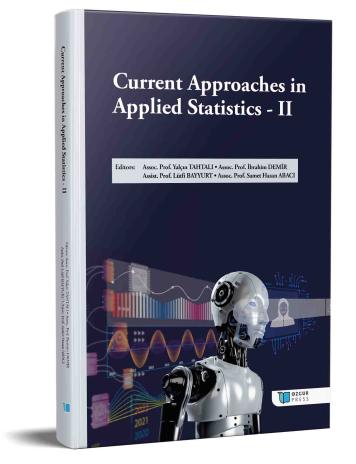
Examination of Supervised Machine Learning Algorithms in Employee Turnover Prediction
Chapter from the book:
Tahtalı,
Y.
&
Demir,
İ.
&
Bayyurt,
L.
&
Abacı,
S.
H.
(eds.)
2025.
Current Approaches in Applied Statistics II.
Synopsis
This study classifies employee layoffs into two types: voluntary and involuntary. The financial effects of voluntary turnover are highlighted in organizations. The ability to predict redundancies is a very important aspect of employee retention strategies for any organization. Supervised machine learning algorithms, which are more accurate, were analyzed in the context of employee turnover prediction. The literature review identified some of the key parameters that influence turnover, which include working conditions, job satisfaction, management support, pay fairness, and career opportunities. The algorithms to be studied will include Logistic Regression, Decision Trees, Random Forests, Support Vector Machines (SVM), K-Nearest Neighbors (KNN), and Naive Bayes. Random Forest showed the best accuracy; hence, it is recommended for complicated datasets. Logistic Regression, though less accurate, is simple and interpretable, hence useful for strategic decision-making. This study henceforth highlights that the choice of algorithms should be fully aligned with data structure and organizational priorities for better human resource management and reduction in turnover ratio.

